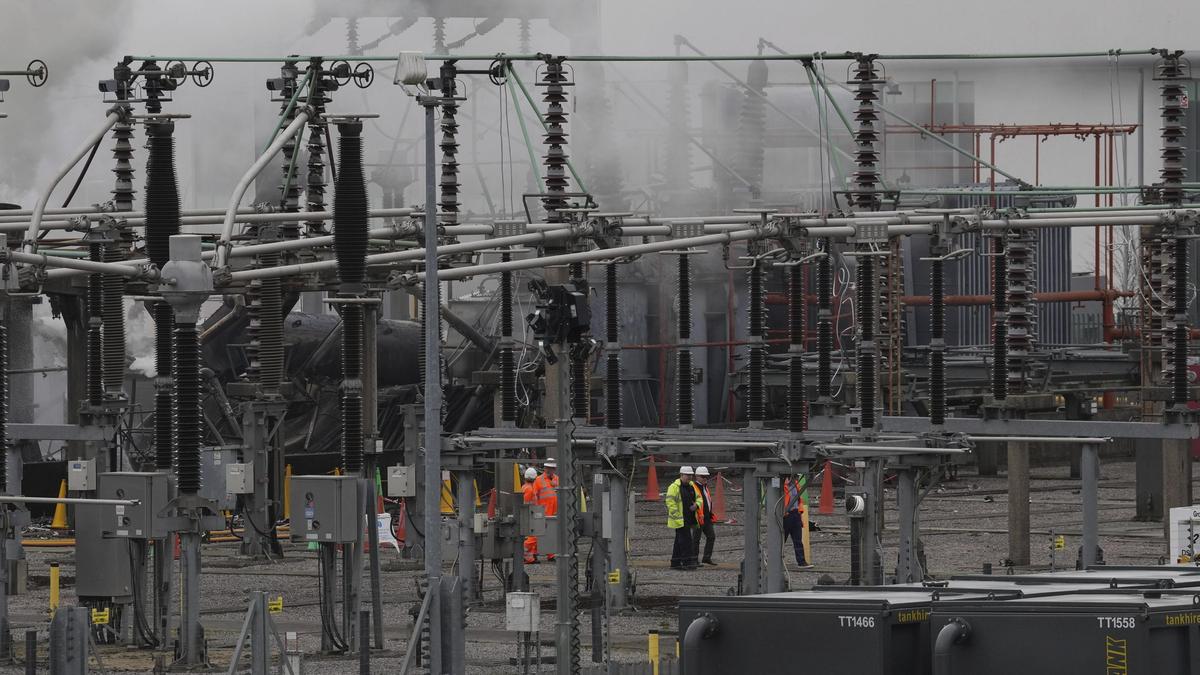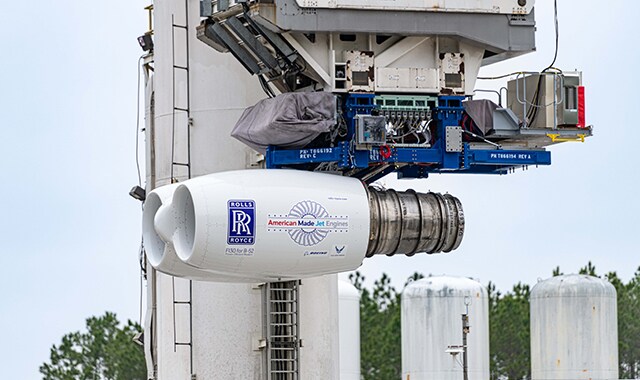Now Reading: UK Orders Probe Into Heathrow Shutdown Amid Energy Resilience Concerns
-
01
UK Orders Probe Into Heathrow Shutdown Amid Energy Resilience Concerns
UK Orders Probe Into Heathrow Shutdown Amid Energy Resilience Concerns

Quick Summary
- A fire at an electrical substation near Heathrow Airport led to a nearly 18-hour shutdown, stranding over 200,000 passengers and causing the cancellation of more than 1,300 flights.
- Heathrow is now “fully operational,” but disruptions are expected to persist due to logistical challenges in relocating planes and staff.
- The U.K. government has launched an investigation into energy resilience after the incident raised concerns over infrastructure robustness and response plans.
- Energy Secretary Ed Miliband has tasked the National Energy System Operator with analyzing lessons from the event; initial findings are expected in six weeks.
- Heathrow will conduct a separate review led by board member Ruth Kelly focusing on crisis management and recovery efforts.
- Both political leaders and aviation experts criticized the lack of contingency planning for such a high-value facility, calling it a “planning failure.”
- British Airways expects to resume about 85% of its operations shortly, while additional flights have been scheduled for affected passengers.
Indian Opinion Analysis
The dramatic shutdown of one of Europe’s busiest airports highlights critical issues surrounding energy infrastructure resilience. for India, this raises pertinent questions regarding our own readiness to manage such risks in future scenarios involving critical national facilities-be it airports or power networks. While India’s aviation sector is rapidly expanding, reliance on aging utilities or single-point-of-failure systems poses notable risks that should not be overlooked.
This also underscores the value of backup plans for essential services amidst technological or natural crises. Lessons from global incidents such as this can inform India’s disaster preparedness mechanisms: we must focus not only on maintaining robust crisis-response frameworks but also invest thoughtfully in redundancies across interconnected systems.


























